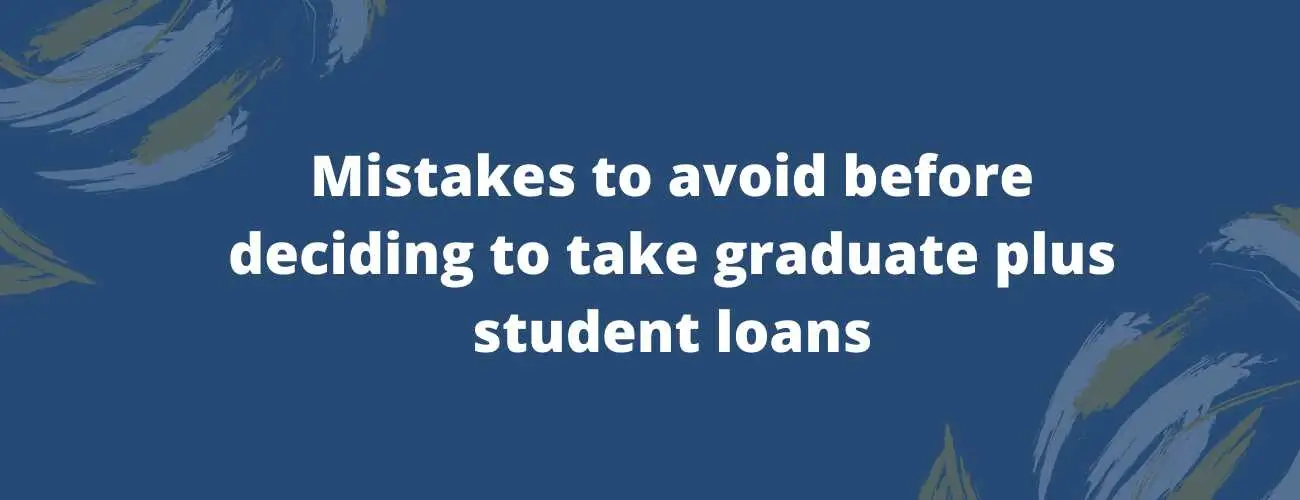Public Service Loan Forgiveness (PSLF) Program - Eligibility, Taxes, and Consolidation
Learn all about Public Service Loan Forgiveness (PSLF) programs, its eligibility and requirements, how to apply and tax benefits associated with student loan forgiveness.
Updated by Sharan Kumar on 31st October 2021
In the year 2018, the first batch of public service employees became eligible for the public service loan forgiveness (PSLF) program. These employees were the first to have their Direct student loans forgiven with this program.
What is the Public Service Loan Forgiveness (PSLF) Program?
To put it in simple terms, Public Service Loan Forgiveness (PSLF) program is run by the federal government for the employees who work full time in a public or non-profit sector and hence qualify for the same. With 120 qualifying payments, your federal loans will be forgiven. Full-time employees are considered only if they have been working for more than 30 hours per week.
With the growing popularity of this program and also an increase in the number of income-driven repayment plans, a greater number of people are becoming eligible for loan forgiveness. You could be eligible for the same program as well.
Have a look at this article to find out.
You might just save yourself a world of trouble if your loans are forgiven.
Table of Contents
- Qualifications for PSLF
- Qualifying loans for PSLF Program
- Eligible jobs
- How does the 120-payment system work
- Wondering when your 120 loan payments clock starts
- How to apply
- Do Direct Consolidation Loans qualify for the PSLF program?
- Do FFEL loans qualify for forgiveness via the PSLF program
- Affect on tax benefits with loan forgiveness
Qualifications for the public service loan forgiveness program
Most often the terms for the qualification of a federal student loan (direct loans) applicant for public service loan forgiveness is when you have made 120 on-time payments (10 years). It can lead to the rest of your federal student loans being forgiven.
Most of the employers that qualify for the PSLF program are as follows.
-
The government (including military, law enforcement, schools, and universities)
-
Peace Corps or AmeriCorps
Tax-exempt non-profit 501 (c)(3) companies (including tax-exempt hospitals, charitable organizations, educational institutions) and others. It’s also important to note that if you’re a member of the clergy or your work is religious in nature, it may not be possible for you to receive an exemption. (To qualify, you must spend at least 30 hours per week on work that has nothing to do with convincing, conducting worship services, or providing religious instruction.)
Eligibility
To qualify for PSLF, you must
-
be employed by a U.S. federal, state, local, or tribal government or non-profit organization
-
work full-time for that agency or organization
-
should have direct federal loans (or consolidate other federal student loans into direct loans)
-
must repay your loans with an income-driven repayment plan
-
make 120 qualifying payments
One of the greatest and best student loan forgiveness programs is Public Service Loan Forgiveness as it is a tax-free benefit.
Keep in mind that this program is different from the private sector IDR in the sense that this program is a tax-free benefit. Whereas, the private sector employees although they are paid better, sometimes have to save up for the future tax penalty. Also, non-profit or government employees are not required to cover this extra cost.
Most of those who borrow loans do not mind working for 10 years for the reason that at the end of those 10 years, they no longer have to worry about the loan amount that they had to pay.
It would be wise to keep aside the account to put your money into a brokerage. It is to make sure your assets grow during the period you wait for forgiveness. This, however, will likely end up back in your pocket and not be wasted on paying the loan as the public service loan forgiveness (PSLF) gets approved.
Eligible federal student loans for the PSLF program
Since PSLF is a program given out by the federal government, private student loans are ineligible for loan forgiveness.
The loans that are eligible for PSLF are as follows
-
Direct Subsidized Loans
-
Direct Unsubsidized Loans
-
Direct PLUS Loans
-
Direct Consolidation Loans
If the loan isn’t on the list above, it’s not qualified for loan forgiveness. Federal Family Education Loan (FFEL) and Perkins loans are not eligible for PSLF.
Eligible jobs for PSLF
You need to be working in a public service job to be eligible for PSLF.
Public service jobs include:
-
Work for the government
-
Work for a 501 (c)(3) organization
-
Work for a not-for-profit organization that is not a 501 (c)(3) organization that provides a public service as its primary purpose
-
Work with AmeriCorps in a full-time capacity or volunteer with the Peace Corps
-
Non-profit organizations
1 - Government Organizations
If you work with a federal, state, local, or tribal government, your federal student loans are eligible for the PSLF.
This includes role within the government organization - from assistant to the mayor. You must be a full-time employee of the government, so 1099 contractors are not eligible.
It also includes the military, DOD, and all branches of the Federal government.
2 - 501 (c)(3) Organizations
A not-for-profit organization that falls under the IRS code 501 (c)(3) is also eligible to not pay federal income taxes.
They fall under the following categories:
-
Religious: Churches, synagogues, and any other organization that exists for religious purposes
-
Educational: Many public schools
-
Charitable: Organizations that focus on providing charitable services
-
Scientific: A scientific corporation that, for instance, ships equipment to poorer countries so they can have access to advanced research tools
-
Literary
-
An organization that does testing for public safety
-
Animal protection organizations
-
Organizations protecting the rights of children
-
Organizations fostering national or international sports competition
3 - Not-for-Profit Organization That Is Not a 501 (c)(3) Organization
An organization may not be a 501 (c)(3) organization but may still be a not-for-profit organization that provides a qualifying public service.
Certain non-profit organizations that provide a public service may not be tax-exempt at all.
Some not-for-profit organizations may enjoy some tax exemptions but not necessarily under the 501 (c)(3) code.
4 - AmeriCorps and Peace Corps
You must have an approved, full-time AmeriCorps position.
The Department of Education also considers volunteering in the Peace Corps equivalent to working in a public service job.
5 - Non-profit organizations
-
Law Enforcement
-
Public interest law services
-
Early Childhood Education (including licensed or regulated healthcare, Head Start, and state-funded pre-kindergarten)
-
Emergency Management
-
Military Service
-
Public Safety
-
Public Health (including nurses, nurse practitioners, nurses in a clinical setting, and full-time professionals engaged in healthcare practitioner occupations and healthcare support occupations, as such terms are defined by the Bureau of Labor Statistics)
-
Public Service for individuals with disabilities and the elderly
-
Public Library Services
-
School library or other school-based services
-
Advocacy, political groups, or labor unions are not qualified as employers
-
Public Education
Learn more about Professions to Qualify for Student Loan Forgiveness
How does the 120-payment system work?
To be genuinely eligible for this program, one is required to have made 120 timely payments on your student loans. These payments that are qualified must meet the following criteria -
-
You must be a full-time employee (worked greater than 30 hours per week)
-
Your loans have not been in default, deferment, or forbearance. The payment made was after Oct 1, 2007
-
The payments made were on time and in full within a period of 15 days of your due date
-
You are under a qualified repayment plan (A very important part of the requirements is being under a qualified repayment plan), such as the income-driven repayment plans. This might also include the $0 payments that accumulate interest if you earn a wage below the poverty line. Payments that are made under the standard repayment plan would qualify for PSLF for Direct Consolidation loans if only the max tenure was set to 10 years. In the instance where you have a Direct Consolidation loan, make sure that you combine it with an income-driven repayment plan.)
-
Since the 120 payments for your public service loan forgiveness program do not have to be consecutive, you will be eligible to take a couple of years off the work and come back and join in where you started.
-
Be careful if you plan on consolidating your loans because when you do consolidate your loans, the number of payments required by you to make resets to the 120 payments regardless of how many payments you have made so far.
Learn more about Student Loan Forgiveness Programs
Ways to get the best out of your PSLF
-
Keep your payments to the bare necessary amounts
-
Keep payments to as little as once a month and not more
-
Switch to an income-driven repayment plan ASAP
-
Considering consolidating your loans? Do it right after graduating from college
Be sure to consolidate the loan carefully and at the beginning of your loan forgiveness process. There is not another best time to consolidate your loans.
Wondering when your 120 loan payments clock starts?
You are eligible to begin making payments when your grace period that includes the in-school deferment and the post-graduation 6 months or so time period has passed. If you believe you will be able to handle making payments sooner rather than later and want to get as little to pay in the form of interest as possible then consolidate your loans and begin making payments ASAP.
Consider yourself lucky as the 120 monthly payments are cumulative and not consecutive. In the sense, they are not necessarily required to be made from a single employer straight up for 10 years without breaks.
You could work for 3 years at a non-profit and then work at a private sector for another couple of years and get back into a government job for 7 years totaling 10 years of public service. After this, you qualify for the public service loan forgiveness. It makes sure that there is an encouragement in the flexibility and mobility of the workforce between the government and not-for-profit sectors respectively.
For PSLF, you can go for the plans that are available under income-driven repayment which are REPAYE, PAYE, and IBR. You could continue making payments and switch between part-time and full-time status, in the meanwhile slowly building up credit towards 10 years of full-time credit required.
Even if you do not manage to get the public service loan forgiveness, you could get the 20-25 year IDR forgiveness on the same payment plan. Although if you do not get the public service loan forgiveness plan, you would be obliged to pay taxes on the forgiven balance. This does not apply with the forgiveness granted with the PSLF where no taxes are owed.
Note - Consolidating your loans will definitely restart your PSLF process back to 120 payments. Always remember, consolidating your loans will restart the payments required to be made to become eligible for the PSLF. So do not consolidate if you have already made several payments that are eligible under the program.
Worried about college fees? Here is a list of the best student loans to help you!
Application process
The first step is to apply annually to the PSLF program through the submission of the employment certification form even when you change employers.
Mail it to
U.S. Department of Education
FedLoan Servicing
P.O. Box 69184
Harrisburg, PA 17106-9184
Following this, your loan servicer will change to FedLoan Servicing. Further ahead FedLoan Servicing will proceed with reviewing your loan payments before now to check how many qualified loan payments have been made by you so far. If you are employed by multiple people make sure you submit multiple Employment Certification forms.
Submission of necessary documents - Every year, you must keep submitting employment certification forms. But keep a copy of your IRS W-2 and other supporting documents to prove that you have been working as a full-time employee. This makes it an easier job for FedLoan servicing to keep track of your payments. (You should also be able to dodge quite a several hassles once your 120 payments are complete.)
FedLoan servicing has its own account access area where you have the liberty to check the number of payments that you have successfully made.
After making payments - Once you have made 120 complete full-time payments (well done on that job), you become eligible to apply for federal student loan forgiveness programs.
After this, you can either directly upload the form to MyFedLoan.org/FileUpload or mail it to the FedLoan address given above.
Once FedLoan servicing approves your loan, it will inform you and you shall also receive notifications of loan balances which will be nullified.
Do direct consolidation student loans qualify for the PSLF program?
Yes, they are eligible for loan forgiveness, but there are some drawbacks or clauses one has to watch out for.
First of all, if you consolidated your loans with your spouse together to a direct consolidation loan, and the only one who meets the employment requirements is either one of you, the portion that you own in the loan is forgiven whereas the rest is not.
Also, any joint consolidation loans which belong to the federal family education loan (FFEL) program will not be eligible for this program.
Lastly, if at any time you consolidate your loans, you will be resetting your 120 payment requirements and in the process nullify any previous eligible payments you have made.
Learn more about Student Loan Consolidation
Do FFEL loans qualify for forgiveness via the PSLF program?
Until June 2010, Federal Family Education Loan (FFEL) Program loans were one of the largest federal loans to be issued to student borrowers.
Since these weren't issued by the US Department of Education, hence, they do not qualify for the PSLF. One way of getting it done would be to consolidate it into a Direct Consolidation Loan.
If you are sure your employer qualifies for this program and your application for PSFL got rejected, then this most probably means that you might have non-qualifying loans.
If you have loans that you took before June in the year 2010, then you should be paying a little more attention to the types of loans that you currently have. Most of the loans made on or after the year 2010 will be made through the Federal Direct Program.
Loans from 2010 or earlier are probably from the FFEL loan program, which sadly does not qualify for the Public Service Loan Forgiveness program. You should be able to fix this issue with Loan consolidation that converts the loans you have into Direct Consolidation Loan. However, this will probably reset your timeline for payment since technically it becomes a new loan.
Affect on tax benefits with student loan forgiveness
When you have an income-driven repayment plan, you should be looking at the taxable income that you make and reduce that as much as possible by making contributions that can be exempted from taxation as much as possible to get more public service loan forgiveness programs. The simplest way to achieve this is to pay the max amount to all your pre-tax accounts.
In the instance where you are married, you may also have your spouse do the same. This will lower your total income as a whole economic unit. The most usual references for pre-tax savings accounts are your 401K and your health savings accounts.
Here are a few other accounts that will help you reduce your taxable income and increase the public service loan forgiveness programs that you may be able to receive.
-
403b
-
401k
-
HSA
-
457 (in addition to the 403b)
-
Solo 401k (indicated for income that you accumulate from any side hustle)
-
Traditional IRA
If you have lost anything greater than $3,000 in investments, you should be able to write that off against ordinary income. There are a few other write-offs as well that are plausible for real estate investing that have been noted for those that have side hustles or other incomes from businesses outside their main sources of income.
Regardless of the amount of loan taken, the amount remaining, or the interest that is accumulated so far on the loan, the entire balance of the loan amount that is to be paid is forgiven and it is not taxable.
Learn more about Loan Forgiveness Tax
Sometimes there can be those who are in doubt about the PSLF and those who currently have an outstanding debt might have their outstanding student debt reversed. Although this might be true, one must not worry about this and in the same instance must not offer to pay more on a loan that in the eventuality has a good chance of being forgiven.
You should rather put that money elsewhere, in say a taxable savings account or mutual fund and or a brokerage account. It will build your savings at a faster rate in comparison to inflation and the instance that repeal does occur, you should then cash out on this and begin repaying the loan but at a much faster rate and with much higher payments and finish off much quicker.
| Minumum Credit Score | Apply in as little as | Variable APR | Fixed APR | ||
|---|---|---|---|---|---|
 | Not Available | 15 minutes or less | 2.95 | 4.74 | View disclosures |
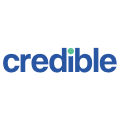 | 620 | 2 minutes | 5.38%-16.99%1 | 4.43%-16.99%1 | View disclosures |
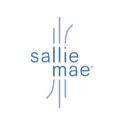 | Not Available | 15 minutes | 1.13% - 11.23%¹ (with autopay) | 3.50% - 12.60%¹ (with autopay) | View disclosures |
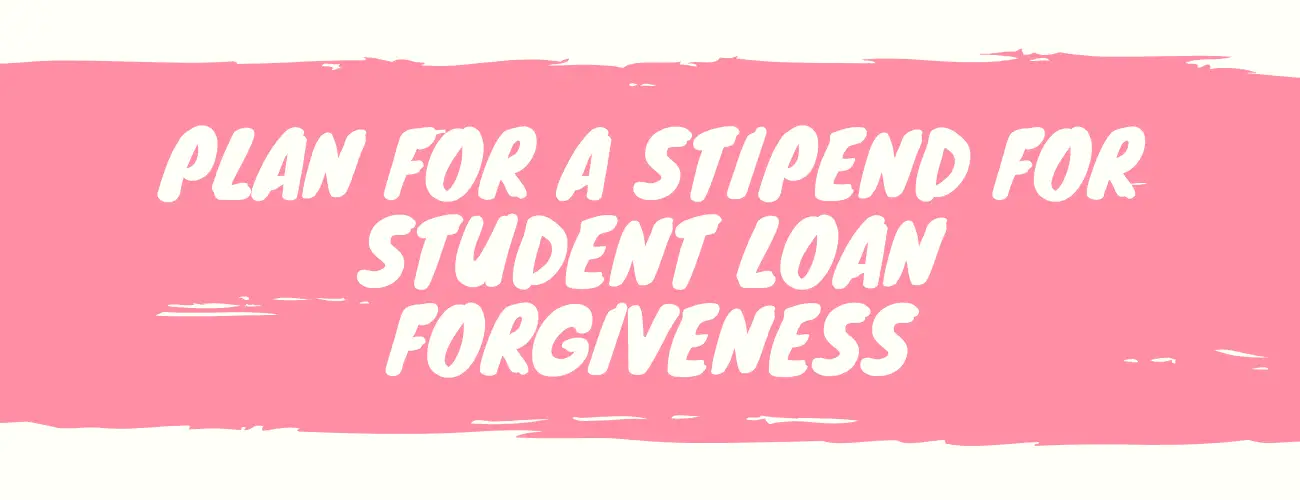
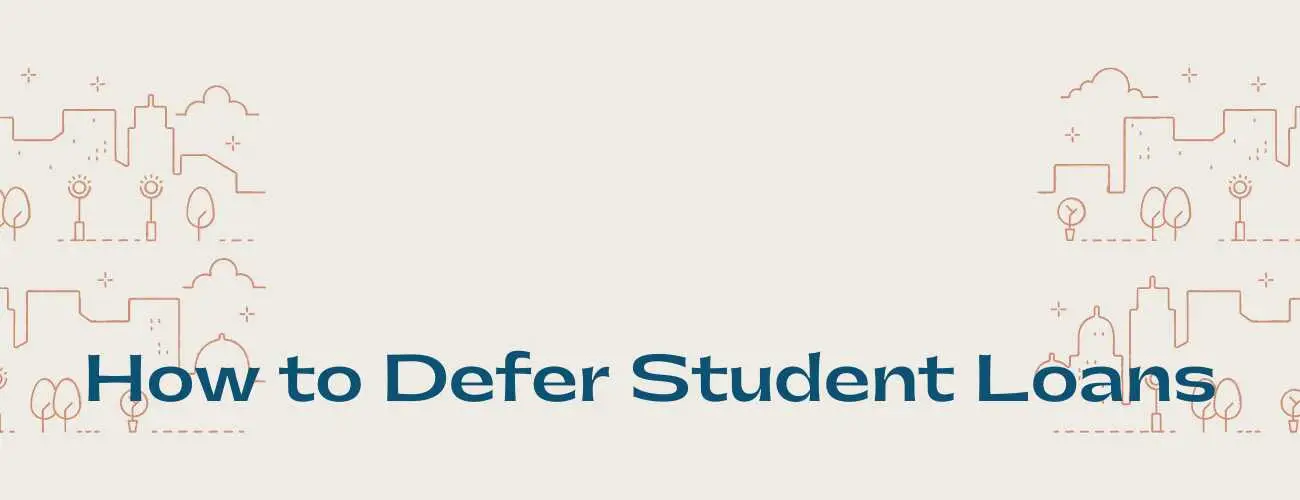
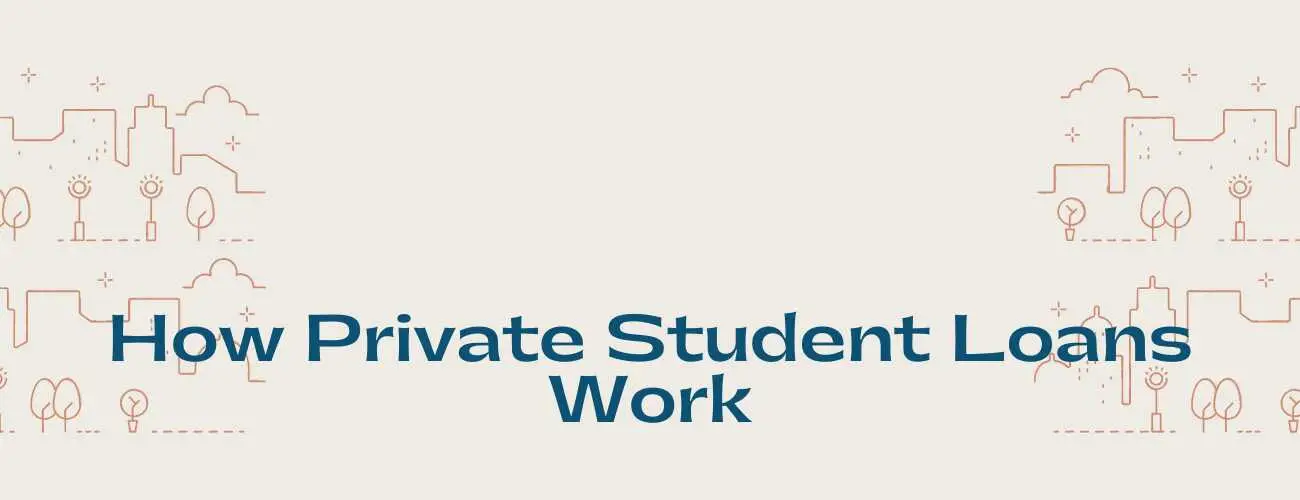
93.jpg)
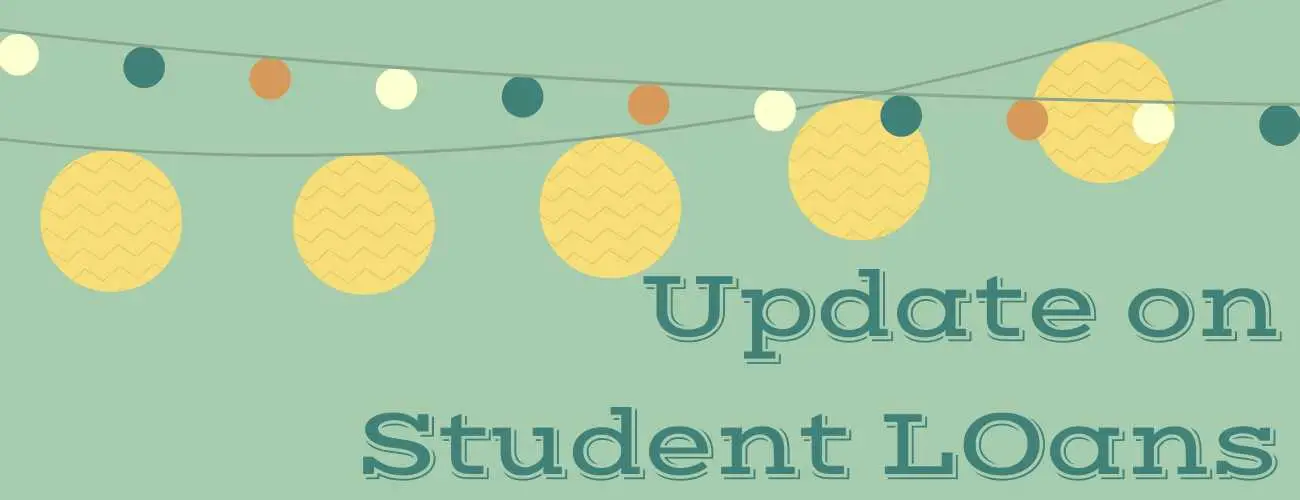
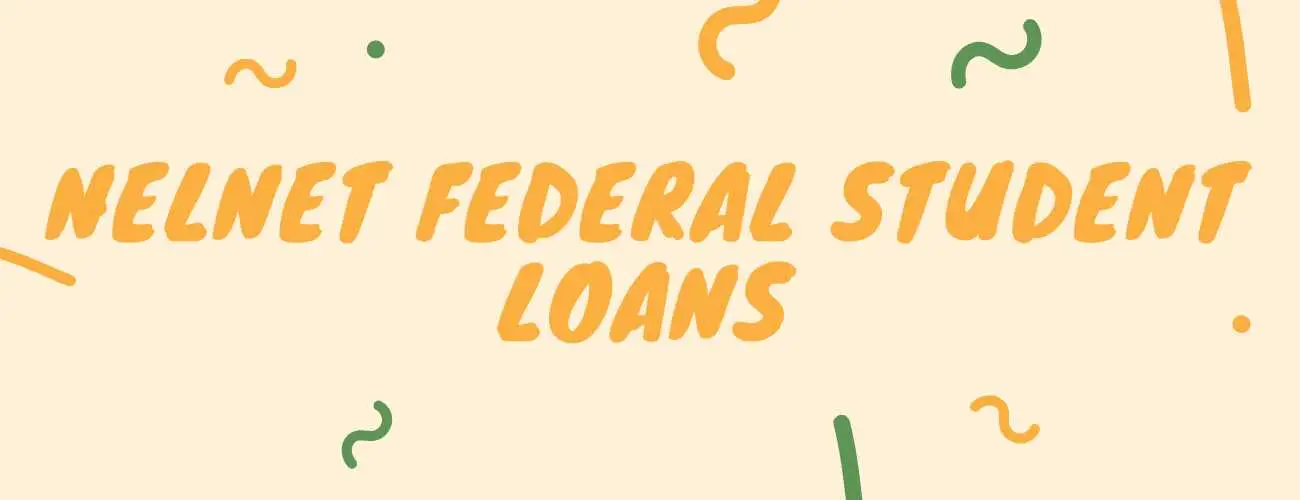
28.jpg)
